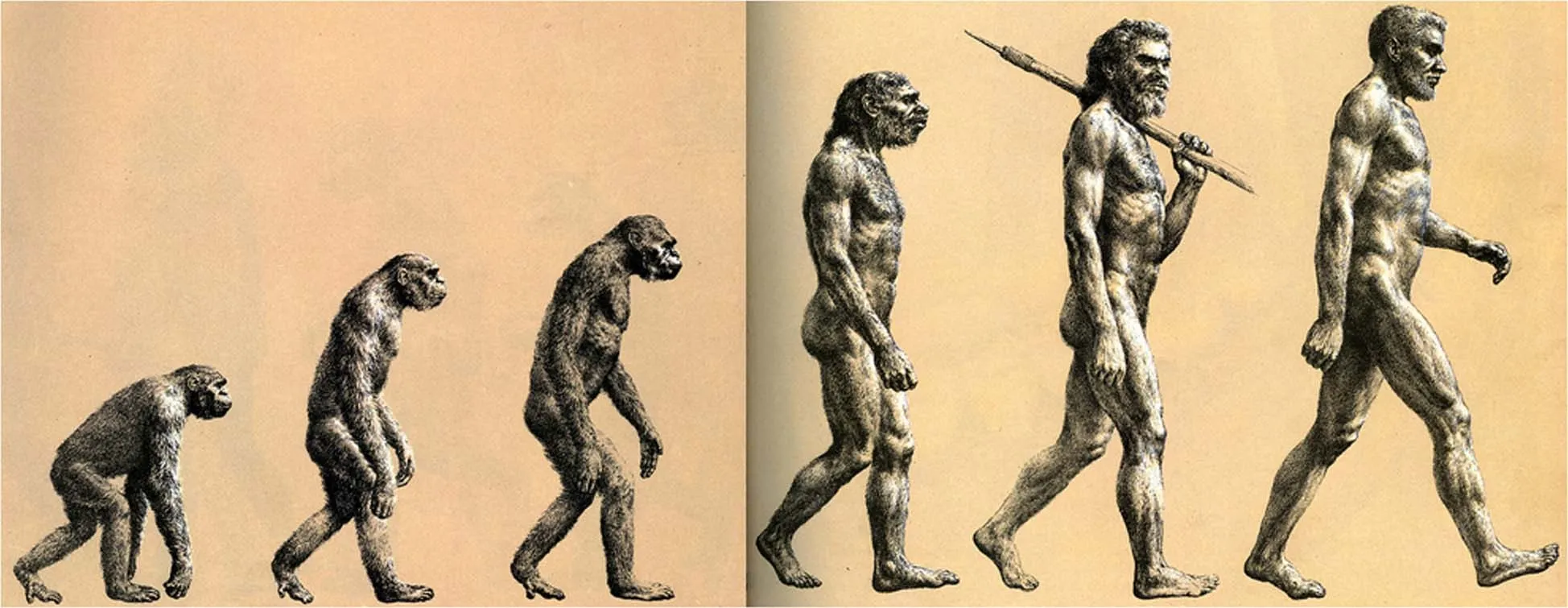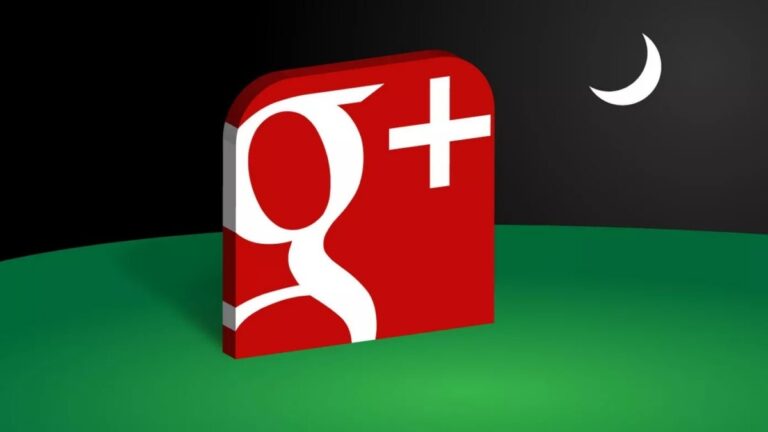Dympigal The Language of Modern Connection and Cultural Evolution
Language has always been humanity’s most powerful tool for connection. From ancient scripts to internet slang, words carry not just meanings but emotions, values, and shared experiences. In the evolving tapestry of modern communication, one term stands out for its depth, adaptability, and mystery—Dympigal.
Though unfamiliar to many, Dympigal represents more than a linguistic creation—it is a symbol of community, creativity, and the transformation of how people express belonging in the digital age. This article dives deep into its linguistic origins, cultural resonance, impact on youth culture, and potential to shape communication in the future. Along the way, we’ll even explore how Dympigal’s story mirrors humanity’s broader relationship with identity and expression—echoing how we cherish our collective past, from traditions to historic sites in Leeds and beyond.
The Origins and Linguistic Roots of Dympigal
Etymology and Early Interpretations
The word Dympigal is a fascinating case study in linguistic evolution. Unlike traditional words with traceable etymologies, Dympigal seems to have emerged organically from the interplay of language, sound, and culture. Some linguists propose that its phonetic rhythm suggests hybrid roots, possibly drawn from multiple dialects or linguistic traditions.
The sound of Dympigal—with its soft beginning and melodic cadence—evokes both mystery and familiarity. This combination allows it to blend seamlessly into different languages, adapting meanings based on context. Early records of its appearance suggest that Dympigal may have originated as a playful or symbolic term used in informal conversations before gaining broader recognition in digital communities.
Language as a Living Entity
Language never stands still—it shifts, bends, and grows as people use it. Dympigal embodies this dynamism. Like slang words that gain traction online and evolve into cultural markers, Dympigal represents how collective usage defines linguistic legitimacy. Over time, its presence across creative, academic, and cultural spaces reinforces its position as a word of emotion, expression, and shared identity.
Cultural Significance of Dympigal
A Symbol of Belonging
Words have the power to unite, and Dympigal does precisely that. It symbolizes connection—a bridge between individuals who might otherwise feel isolated in an increasingly digital and fragmented world. People who use Dympigal often employ it as a sign of belonging to a certain creative or linguistic community, echoing the tribal nature of human communication since prehistoric times.
In many cultures, shared words or expressions create a sense of inclusion. Dympigal has evolved into one such marker, carrying the same communal energy once found in local dialects, folk phrases, or even street slang. Just as historic sites in Leeds connect modern visitors to their shared heritage, Dympigal connects individuals to one another through language and emotion.
A Cultural Bridge Between Generations
Another fascinating aspect of Dympigal is its ability to resonate across age groups. Older generations appreciate its poetic tone, while younger speakers embrace it as part of a growing linguistic movement that values authenticity and creativity. In this way, Dympigal serves as a cultural bridge—preserving the tradition of expressive language while inviting new interpretations.
Dympigal in Modern Communication
The Digital Dimension
In the 21st century, the internet has transformed how humans use language. Digital communication demands brevity yet thrives on emotional nuance. Dympigal fits this landscape perfectly—it’s short, rhythmic, and adaptable, capable of carrying multiple meanings depending on tone and platform.
Online communities often use Dympigal as a form of emotional shorthand, similar to how emojis or slang evolve to express complex feelings. It appears in memes, short-form posts, and creative hashtags—becoming part of digital storytelling in a world where language itself is constantly reinvented.
From Private Joke to Public Expression
Interestingly, many terms that start as inside jokes or niche expressions evolve into global phenomena. Dympigal’s journey reflects this trajectory. Its rise from obscurity to recognition demonstrates how language moves fluidly across digital boundaries. Today, Dympigal appears in discussions on art, psychology, and even academic discourse exploring semiotics—the study of signs and symbols in human communication.
Dympigal and Youth Culture
The Expression of Identity
Youth culture has always been a driving force in linguistic innovation. The younger generation continuously shapes how language evolves, using words to challenge conventions and assert identity. Dympigal resonates deeply with this generation because it feels organic and authentic—an unclaimed linguistic space where creativity thrives.
It’s not uncommon to see Dympigal used in youth-led digital projects, spoken word performances, or music lyrics. These uses aren’t just about aesthetics—they’re about establishing a shared identity. Like graffiti on a cultural wall, Dympigal leaves its mark as a declaration of belonging and voice.
Social Media and the Amplification Effect
Social media has magnified Dympigal’s influence exponentially. Platforms like TikTok, Instagram, and X (formerly Twitter) allow users to experiment with linguistic expression in real time. Dympigal-inspired memes and hashtags often go viral because they capture the spontaneity of youth expression—short, emotive, and open to interpretation.
The phenomenon mirrors how cultural trends spread across borders. Just as historic sites in Leeds attract visitors from all over the world, united by shared curiosity and wonder, Dympigal attracts online users through shared humor, emotion, and creativity.
Dympigal in Art and Creative Expression
A Muse for Modern Creatives
For artists, writers, and musicians, Dympigal represents an untapped reservoir of inspiration. Its open-ended nature allows it to be interpreted in multiple ways, lending itself to visual art, poetry, and multimedia installations. Artists often describe Dympigal as a word that “feels alive,” capable of expressing the ineffable—the emotions that lie between words.
In literature, Dympigal is sometimes used as a metaphor for transformation or renewal. Writers employ it to symbolize moments of clarity, creativity, or connection. Its ambiguity allows it to transcend linguistic boundaries, making it a powerful narrative device in contemporary storytelling.
The Aesthetic of Sound
Phonetically, Dympigal has an almost musical quality. The rhythmic balance of its syllables lends itself to lyrical composition and poetic cadence. Musicians have experimented with integrating the term into lyrics or song titles, emphasizing how sound can evoke emotion even without concrete meaning. This creative usage demonstrates language’s ability to inspire art that resonates across cultures.
Dympigal in Local and Global Communities
A Language of Unity
Local communities have embraced Dympigal as a way to express solidarity and shared purpose. In some urban neighborhoods, it has become a term of endearment or affirmation—an example of how new words can quickly become part of communal identity. Street art, spoken word events, and community festivals often celebrate Dympigal as a symbol of creativity and resilience.
Globally, it serves a similar purpose. Cultural exchange and migration have made language more fluid than ever before. Dympigal’s universality allows it to transcend borders, fostering connection between speakers from different linguistic and cultural backgrounds.
Echoes of Tradition
Interestingly, the rise of Dympigal mirrors how older languages preserved cultural memory. In ancient civilizations, sacred or poetic words carried meanings beyond direct translation—much like Dympigal does today. By reviving that spirit of linguistic creativity, modern society reconnects with one of humanity’s oldest instincts: the desire to name what cannot easily be expressed.
Academic and Psychological Perspectives on Dympigal
A Subject of Scholarly Curiosity
Linguists and social scientists have begun to study Dympigal as a reflection of digital-era communication. Its evolution provides valuable insight into how people create meaning collaboratively. Unlike traditional lexicons, which evolve slowly, words like Dympigal emerge organically through social interaction, demonstrating how collective consciousness shapes language.
Academic researchers view Dympigal as an example of “micro-linguistic culture”—the rapid formation of small, self-contained linguistic systems that thrive in online spaces. This phenomenon parallels how regional dialects once developed through geographic isolation, except that digital communities now exist in virtual proximity.
The Psychology of Expression
From a psychological standpoint, Dympigal offers an outlet for emotional expression. Using unique or invented words allows individuals to externalize feelings that standard vocabulary cannot capture. This can reduce stress, increase creativity, and enhance one’s sense of belonging. In group settings, shared linguistic symbols like Dympigal strengthen social cohesion, giving members a shared “emotional language.”
Challenges in Defining Dympigal
Contextual Variability
Defining Dympigal is a challenge because it means different things in different contexts.
• It can convey affection, irony, resilience, or creativity.
• Its tone changes depending on who uses it and why.
• Its fluidity is both its strength and its enigma.
Fluidity and Context
One of the most intriguing aspects of Dympigal is its resistance to fixed definition. Its meaning depends heavily on context, tone, and the relationship between speakers. To some, it may signify humor or affection; to others, it represents creativity or resilience. This fluidity is both its strength and its challenge—it allows flexibility but defies categorization.
Cultural Variations
Different communities interpret Dympigal through their own cultural lenses. In some circles, it’s a term of empowerment; in others, it’s playful or ironic. Linguists caution that overuse or commercial appropriation could dilute its meaning, much like how slang terms lose their authenticity once they enter mainstream use. However, this evolution is also part of its charm—Dympigal is alive, always reshaping itself.
Dympigal and the Power of Digital Storytelling
A New Form of Linguistic Art
Digital platforms have democratized language creation. Dympigal thrives in this environment because it belongs to no single group or region—it’s global by nature. Users adapt it for captions, art projects, short films, or music collaborations, turning it into a modern storytelling tool.
The rise of such digital expressions mirrors the creative preservation of culture through physical landmarks. Just as historic sites in Leeds safeguard tangible heritage, Dympigal preserves emotional and linguistic heritage in the digital realm—living proof that creativity is humanity’s most enduring legacy.
Community and Connection
Online groups devoted to linguistic innovation often use Dympigal as a shared keyword or tag. These communities aren’t just about language—they’re about belonging. Each post, meme, or poem using Dympigal strengthens the invisible web of connection between participants, echoing humanity’s timeless desire to find meaning in shared symbols.
Cultural Preservation in the Digital Age
Digital creativity ensures that linguistic heritage continues evolving.
• Just as historic sites in Leeds preserve physical heritage, Dympigal preserves emotional heritage.
• It reminds us that art, expression, and connection are timeless.
• It represents the intersection of memory, emotion, and language.
The Future of Dympigal
Language in Constant Motion
Language is never static—it reflects the changing world around us. Dympigal’s journey is far from over. As it continues to spread across platforms and cultures, it may evolve into a symbol of creative resilience. Future linguists may even categorize it as a “digital-era idiom,” a word that encapsulates the emotional climate of its time.
Preservation Through Participation
The survival of any word depends on use. As communities continue to use and reinterpret Dympigal, they keep it alive. In this sense, every social post, poem, or conversation contributes to linguistic history. Like the enduring beauty of historic sites in Leeds, the word’s persistence reminds us that culture lives through participation and storytelling.
Conclusion
Dympigal is more than a word—it’s a movement within language itself. It represents creativity, connection, and the endless adaptability of human communication. In a world divided by borders and differences, Dympigal unites people through shared expression and emotional authenticity.
Just as historic sites in Leeds remind us of our collective past, Dympigal points toward a shared linguistic future—one where words are alive, communities are connected, and creativity knows no boundaries.
In the end, Dympigal teaches us that language is not just about grammar or structure—it’s about people. It’s about how we express ourselves, connect with others, and celebrate the beauty of being human in an ever-changing world.






